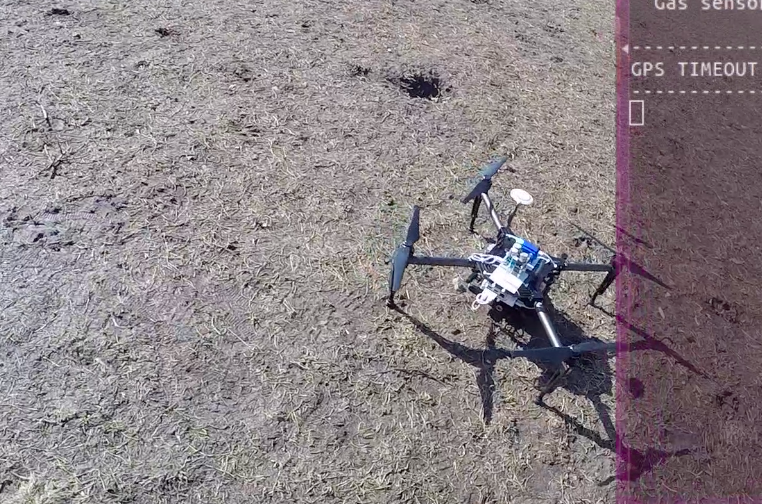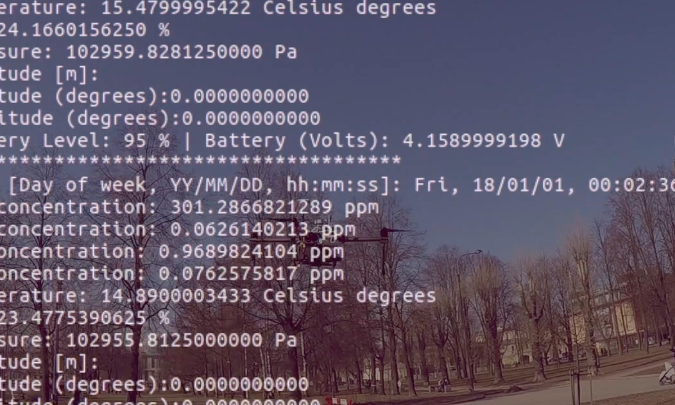04.20.2018
The team of Drone Employee, the project launched by Airalab, has tested a drone specially equipped to analyze air quality. The test flight took place in the center of St. Petersburg, Russia.
According to the project, the drones perform dynamic monitoring of air pollution with the help of sensors on board. They measure the concentration of greenhouse gases and particulate pollutants thus helping evaluate progress or deterioration of air quality and contributing to the accomplishment of Paris Agreement goals.

The primary greenhouse gas to blame for the global warming is carbon dioxide. However, on the current stage CO2 is worth measuring in general scientific purposes for global monitoring of CO2 concentration. In case the drone is equipped with a laser spectrometer able to identify the specific isotopes of carbon the researchers will know the share of the industry-generated carbon dioxide in the atmosphere.
The second greenhouse gas is methane (CH4). Sensors on drones can record gas emissions from landfills and the leaks in gas transmission systems.
Non-methane volatile organic compounds - nitrogen and sulfur oxides, particle matters, ground-level ozone precursors - are among the most dangerous pollutants that cause lung diseases and cancer. For urban and suburban environments, precursors of ground-level ozone and methane from landfills and sewage systems are important. These are the main toxic elements of smog.

The monitoring is carried out by a network of drones DJI Matrice 100. Its sensors are connected with the computer "Raspberry Pi", data exchange is performed with the operational system ROS. Upon the return of the drone, AIRA publishes the flight data in the IPFS pubsub using the "Drone Employee" module. The data is validated by the Watcher network and stored in the blockchain.
DAO IPCI provides an application for the Carbon Footprint Program Operator. It will create a an emitent contract and an ACL token, interacting with the Drone Employee API. DAO IPCI provides as well an application for citizens which will enable them to buy the tokens and check the history of their emission.
According to the World Health Organization, up to 6,5 mln of premature deaths in the world are related to poor air quality. Only 15% of the urban population of Russia breathes relatively clean air. In 125 Russian cities the pollutants concentration exceeds the established standards 5-10 times. For this reason, environmental organizations and government agencies have started pollution control. In most cases, they rely on fixed monitoring stations, but their efficiency is low because of the limited coverage. That is why there’s a need for mobile stations to check the air quality, and this is where unmanned aircraft may serve a great service for environment and public health. Further Drone Employee tests will go on in St. Petersburg shortly.